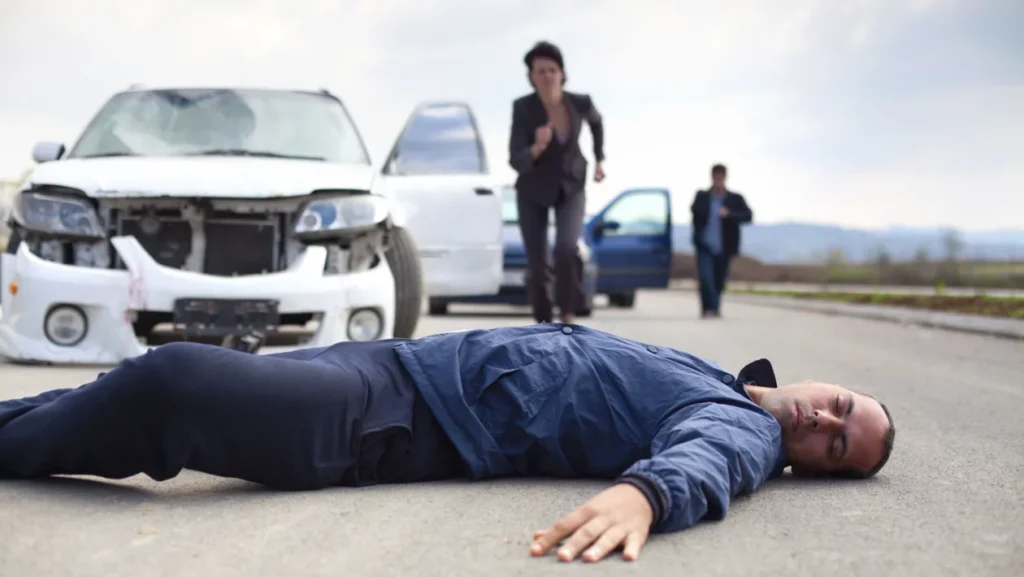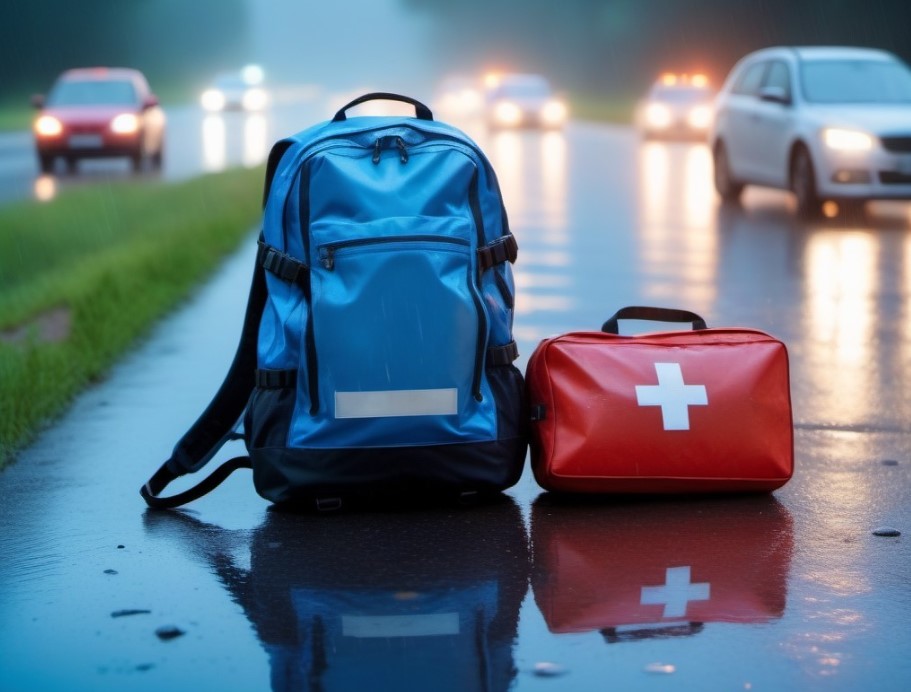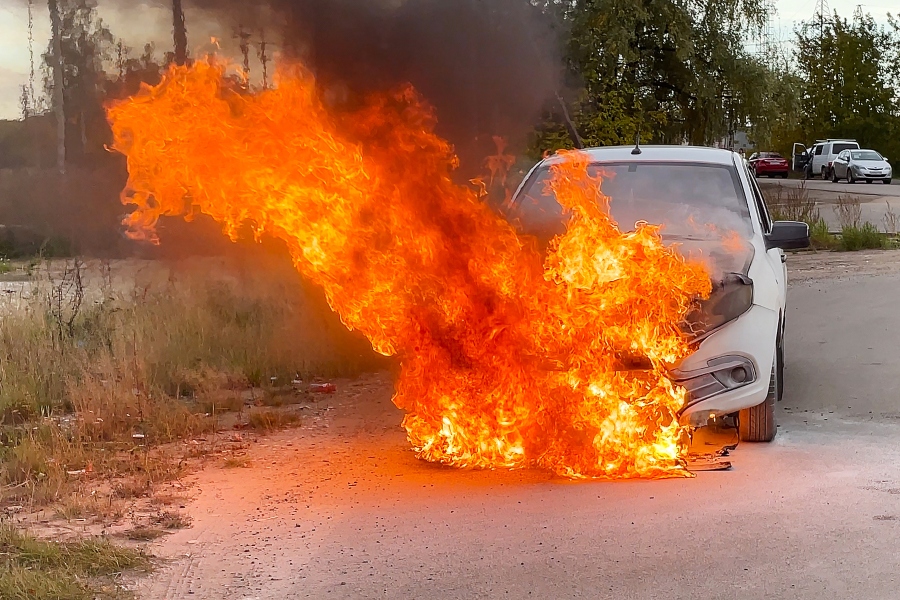Car accidents happen unexpectedly and often leave people in shock or pain. Immediate response can make a significant difference. Knowing what to do right after an accident can help stabilize injured individuals and potentially save lives. The moments before professional help arrives are crucial, and your actions can help prevent further injury.
It’s essential to remain calm and focus on the situation at hand. This guide will outline what steps to take when faced with such emergencies. It’s vital to know how to perform CPR correctly. You can learn more about getting certified and properly trained in CPR by visiting this link: https://cprcertificationnow.com/collections/cpr-and-first-aid-certifications.
Knowing how to handle car accident injuries can mean the difference between life and death.
Key Points
- Stay calm and ensure the scene is safe.
- Check yourself and others for injuries.
- Call for help immediately.
- Provide basic first aid if possible.
- Don’t move anyone unless necessary.
Assessing the Situation

First, take a deep breath and assess your surroundings. Safety comes first. If you’re on a busy road, turn on your hazard lights to alert other drivers. If the location is dangerous, try to move to a safer spot if possible, but avoid moving anyone who is seriously injured. Quickly look around to determine if anyone requires immediate attention.
Once the scene feels secure, check yourself for any injuries. Even if adrenaline is high, make sure you’re capable of assisting others. Then, check on passengers or others involved.
Call for Help
As soon as you’ve ensured the scene is relatively safe, contact emergency services. Dialing your local emergency number is crucial in getting medical help on the way. When you make the call, remain calm and provide all the necessary information. Tell them the location of the accident and describe the injuries.
If someone’s life is in danger, it’s essential to let the dispatcher know immediately. They can guide you on what actions to take before professionals arrive. Don’t hang up until you’ve been told to do so.
Providing First Aid

Before providing aid, take a moment to assess what injuries you are dealing with.You should know what are the first steps you should take.
Dealing with Shock
Car accidents often lead to shock. Even if someone isn’t visibly hurt, they may be experiencing internal distress. Common signs include shallow breathing, confusion, or cold, clammy skin. If someone seems to be in shock, help them lie down and keep them warm by using a blanket or clothing. Encourage them to stay calm until help arrives. Don’t give them food or water, as this can complicate medical treatment later.
Shock can be dangerous if left untreated. Keeping a person calm and still can help reduce the severity of the situation.
Handling Unconscious Individuals
If someone loses consciousness after an accident, approach them with caution. If they are unresponsive but breathing, turn them onto their side into a recovery position to keep their airway open. Monitor them closely for any changes in their condition.
If someone isn’t breathing, chest compressions and rescue breaths are the next step. CPR can keep the person alive until medical help arrives. Learning CPR through proper certification will equip you with the knowledge to act swiftly and effectively.
Handling Head and Neck Injuries
Head and neck injuries are common in accidents and can be life-threatening. If someone complains of neck or head pain, it’s important to immobilize them. Don’t try to move them unless absolutely necessary. Keeping their neck still will prevent further damage to the spinal cord.
Any signs of confusion, drowsiness, or bleeding from the ears may indicate a serious head injury. In these cases, it’s crucial not to let the person move too much. Keep them as still as possible and monitor their breathing.
Burns and Scalds

In some accidents, fuel or other hazardous materials may cause burns. If you encounter someone with burns, try to cool the affected area with clean, cool water, but avoid ice. Burns can cause severe pain and shock, so keeping the person calm is important.
Remove any tight clothing or jewelry near the burn site, but don’t peel off clothes stuck to the burn. Cover the burn with a clean cloth or bandage. Get medical help as soon as possible.
Other Common Injuries
Broken bones, sprains, and bruises often result from car accidents. Immobilizing any injured limbs helps to prevent further damage. Use whatever tools are available to stabilize the injury, such as slings or splints. If the person cannot move the limb or is in severe pain, keep them as comfortable as possible while waiting for help.
Remember to monitor their condition closely. If their pain worsens or if they lose feeling in the affected limb, relay this information to the emergency responders when they arrive.
Final Thoughts
Knowing how to act immediately after an accident can help save lives. Ensure the scene is safe, check for injuries, call for help, and provide necessary first aid. Quick, calm responses can stabilize injuries and reduce the risk of complications. Remember that staying prepared and learning essential life-saving skills, like CPR, can equip you to handle such emergencies confidently.




